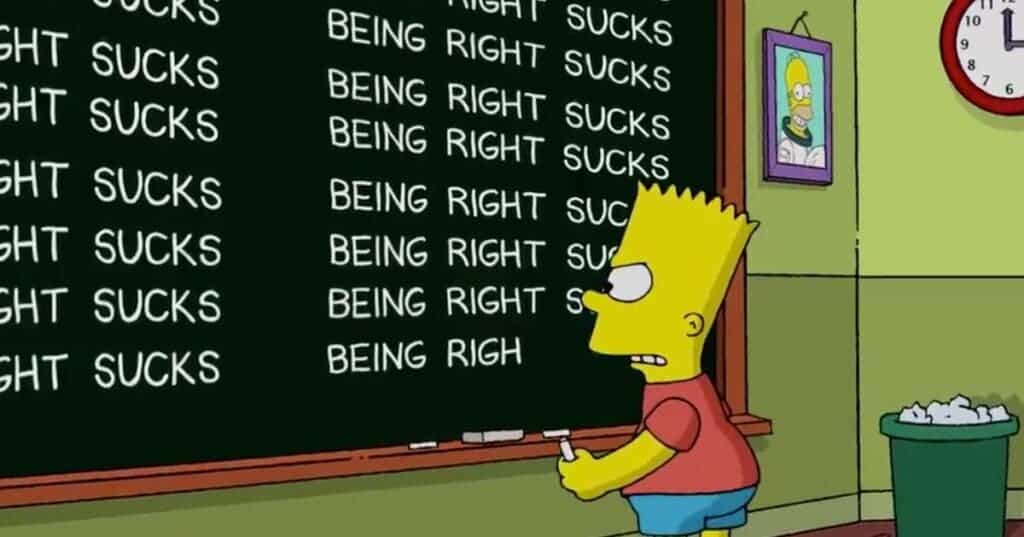
“Repeat a lie often enough and it becomes the truth,” is an informal rule often attributed to the Nazi chief of propaganda Joseph Goebbels. Some might have expected that with the dawn of the digital age, in which people are now free to verify any dubious claim or information, we’d naturally see fewer lies being spun in the public space. But many could argue that the opposite is true, with unchecked tech platforms becoming cesspools of misinformation and disinformation. The internet — though rich in information and open — may have been Goebbels’ dream come true, were he alive to see it.
Scholars are still trying to figure out how to inoculate social media users against fake news and blatant lies. Frankly, it seems like a losing battle so far, but scientists are making progress on at least one front: getting a better handle on the psychological mechanisms that make people susceptible to misinformation.
One such mechanism is known as the Truth-by-Repetition (TBR) effect, which suggests that repeating a statement increases the likelihood it will be perceived as true. Previous research has suggested that this effect is valid when the repeating statement sounds true. Maybe there’s a half-truth or maybe the people who are exposed to the false claim lack enough information to call it out. But a new study shows that the TBR effect works, at least to some degree, even with some of the most outlandish claims — and perhaps that’s not very surprising considering the things your uncle or grandparents have shared on Facebook and Twitter. You know what I mean.
Repetition makes information easier to process. Sometimes this means some false information may stick with us
For their study, researchers at UCLouvain in Belgium recruited 232 American participants to participate in an online experiment. They were first presented with 8 out of 16 possible statements that had previously been rated as extremely implausible by another group. Some of these statements included bizarre claims like “Elephants weigh less than ants” and “Smoking is good for your lungs”. Just the kind of things everyone with at least half a brain knows are false. In this first leg of the study, the participants had to rate on a scale how interesting they found each statement. The statements were shown randomly, and each was repeated five times, resulting in 40 rated statements overall.
Immediately after this initial trial, the participants were randomly shown all 16 statements, including eight novel ones they hadn’t previously seen. This time, they had to rate how true they thought each statement was using a scale with discrete ratings from -50 (definitely false) to +50 (definitely true).
According to the results, the statements that were repeated were overall perceived as less false than the newly presented statements, which although still implausible were more reasonable than the ones from the first leg of the study. These include statements like “A monsoon is caused by an earthquake” — that’s false but a person with less knowledge of the natural world may be forgiven for the transgression.
It’s important to note that virtually all statements were rated into negative territory, meaning they were largely believed to be false. It’s just that the repeated statements were overall perceived to be less false than the newly presented ones.
But these findings were consistent among all participants. About 53% of the volunteers showed a positive TBR effect, meaning they were more inclined to rate repeated statements as less false, while 19% showed no effect and 28% showed a negative TBR effect.
This last segment is particularly interesting. Among these participants, being shown a false statement time and time again reinforces its falsehood. Probing these individuals further could reveal important insights about what separates them from positive TBR people and may help us better understand how perceptions about truths and falsehoods are shaped.
The findings appeared in the journal Cognition. Story via the Research Digest.


